Contact Us
STATEN ISLAND FIBERAMA
STATEN ISLAND FIBERAMA
Door awnings are an increasingly popular addition to residential and commercial properties, offering significant benefits in terms of energy efficiency and weather protection. According to a report from the U.S. Department of Energy, well-placed awnings can reduce solar heat gain by up to 65% on south-facing windows and up to 77% on west-facing windows, demonstrating their efficacy in lowering cooling costs during warmer months. Moreover, the National Weather Service highlights that proper weather protection, such as that provided by door awnings, can help to prevent water damage and enhance indoor comfort by shielding entryways from rain, snow, and direct sunlight. With more homeowners seeking eco-friendly solutions that contribute to energy savings and increased property longevity, the integration of door awnings has become a key consideration for those aiming to improve their environmental footprint while also enhancing their outdoor spaces.
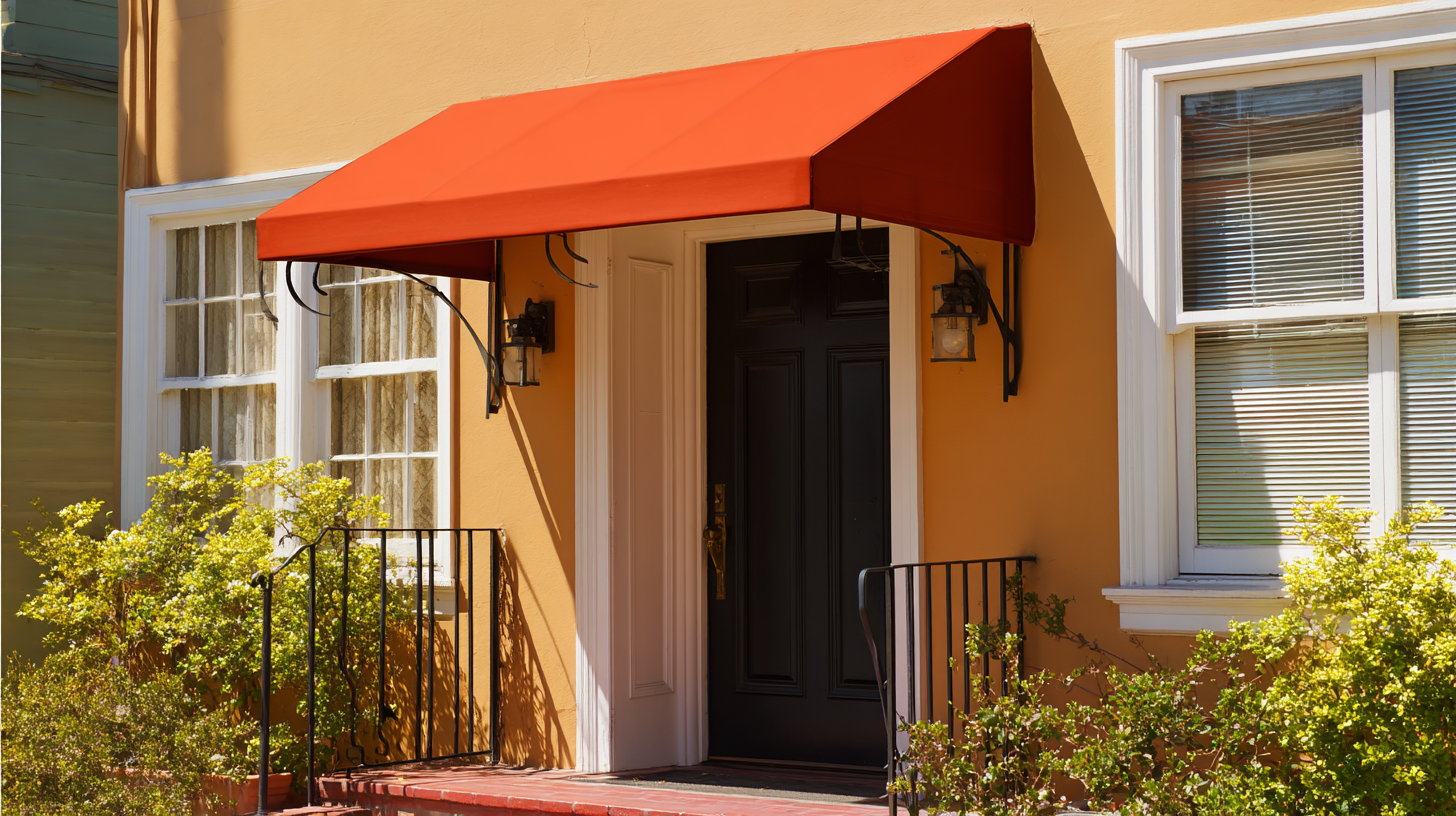
When selecting the perfect material for your door awning, consider factors such as durability, maintenance, and aesthetic appeal. One popular choice is aluminum, which is lightweight yet strong, providing excellent resistance to rust and corrosion. Aluminum awnings can be easily customized to complement the design of your home, while their minimal upkeep makes them a practical option for homeowners seeking long-term efficiency.
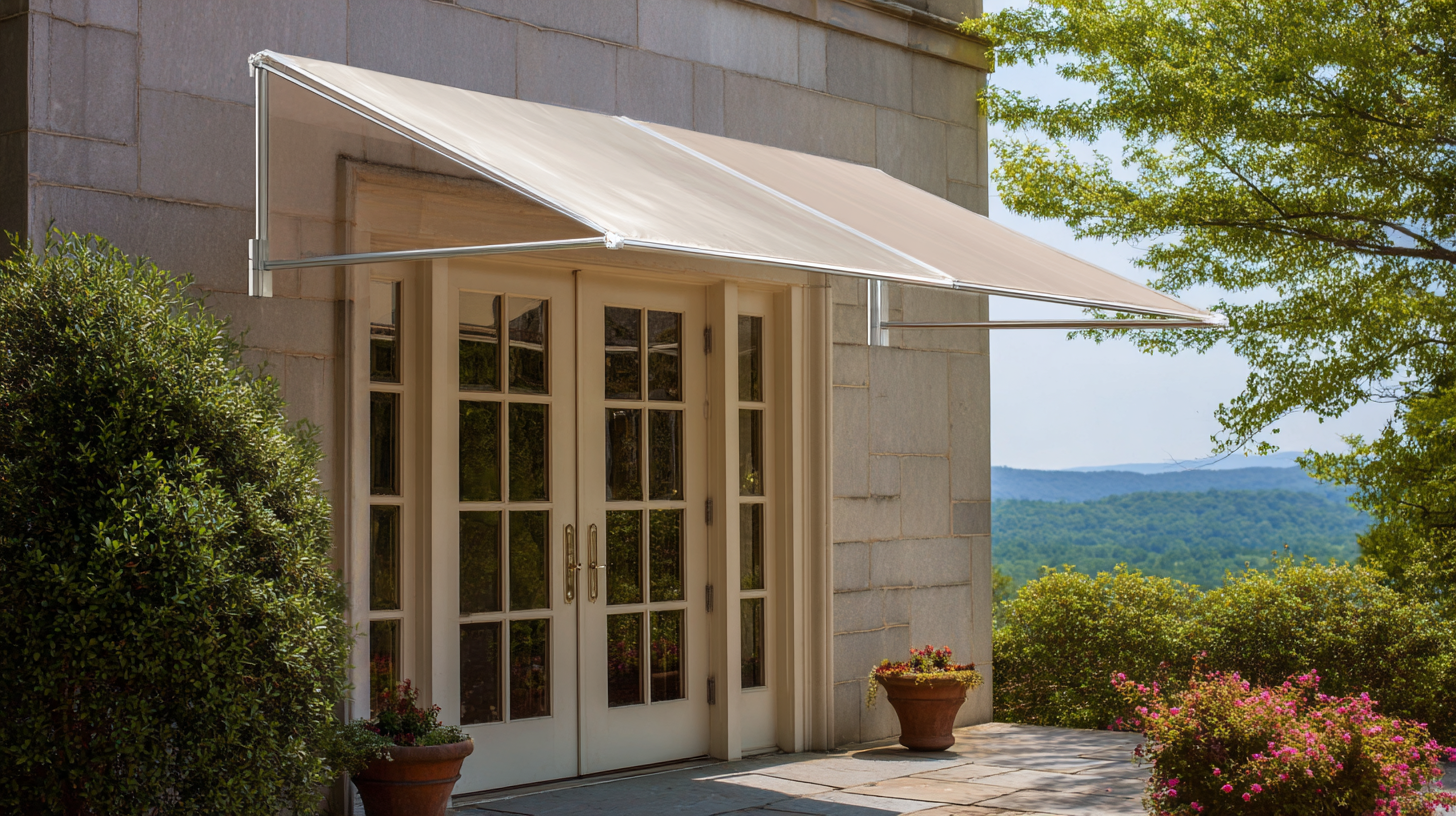
Another excellent material is fabric, typically made from synthetic fibers or canvas. Fabric awnings offer a variety of colors and patterns, allowing for greater creativity in exterior design. They are effective in providing shade, reducing heat gain during the summer, and can be treated for weather resistance. However, they do require more maintenance to prevent mold and fading. For those in areas with harsh weather conditions, polycarbonate is a strong alternative that offers transparency while blocking harmful UV rays, ensuring adequate light while protecting against rain and snow. Each material has its unique benefits, making it crucial to evaluate your specific needs and local climate when making a decision.
Strategically placed door awnings can significantly enhance energy efficiency in homes. By blocking direct sunlight during the hottest parts of the day, awnings reduce the amount of heat that enters the home, leading to a lower dependence on air conditioning. This not only saves on energy bills but also contributes to a more comfortable indoor environment. In colder months, well-placed awnings can shield doorways from harsh winds and snowfall, maintaining warmer entry points and preserving energy.
Tips: When selecting an awning, consider materials that provide UV protection and insulation. Choosing a retractable awning allows you to adapt to seasonal changes, maximizing energy savings throughout the year. Also, ensure that the awning is angled appropriately to capture the sun's position during summer and winter for optimal efficiency.
The placement and design of your awning can further influence its performance. Positioning it to cover both doors and windows will maximize shade and minimize direct light. Additionally, opt for lighter colors that reflect heat, providing better insulation. Engaging with professionals for installation can ensure that your awning is correctly fitted, enhancing its effectiveness in protecting your home from weather elements and contributing to overall energy efficiency.
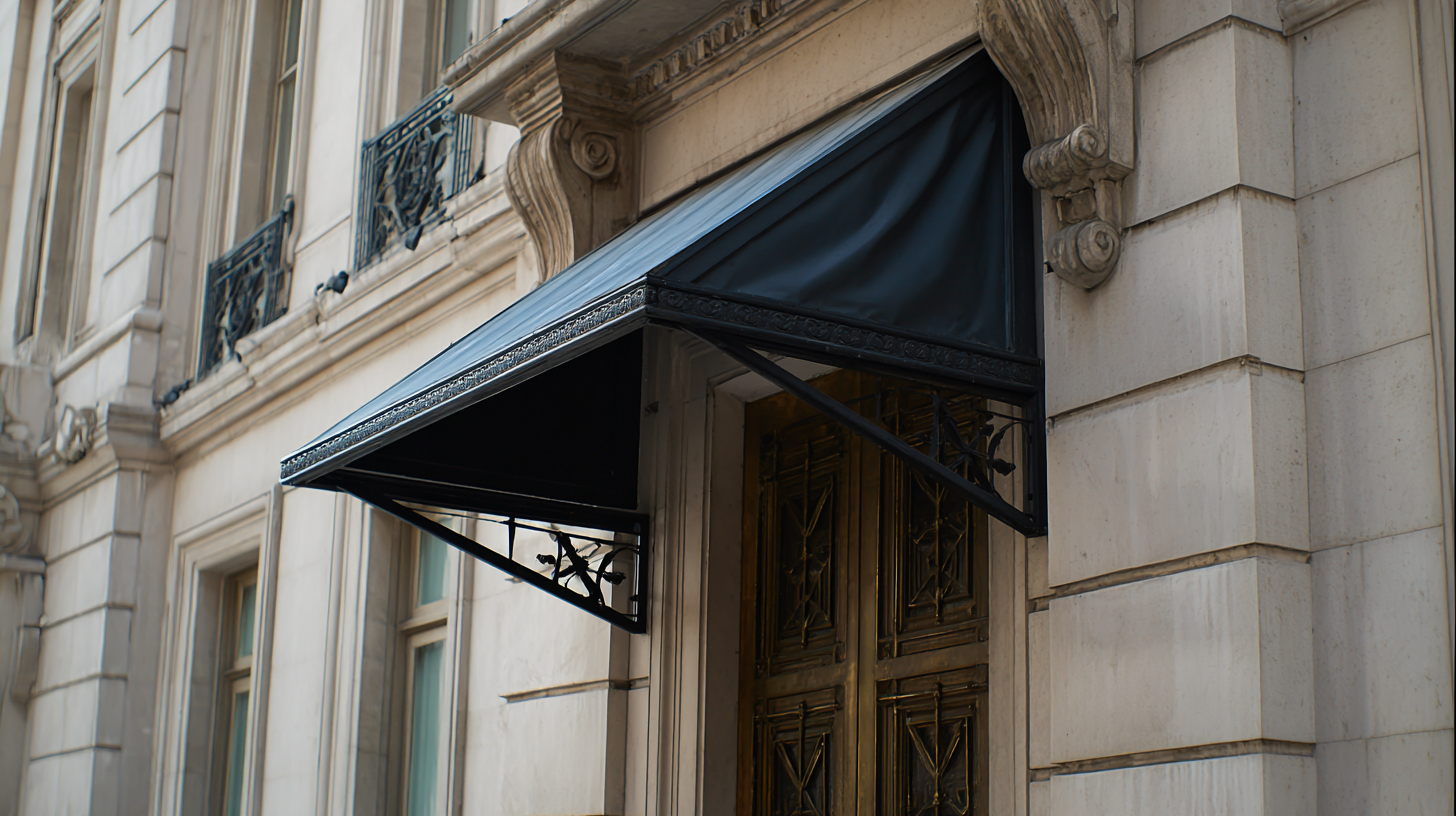
Door awnings serve a crucial function in protecting your home from various weather conditions. By creating a barrier above your entryway, they shield your door, windows, and entryway from harsh elements such as rain, snow, and direct sunlight. This added layer of protection helps to reduce the wear and tear on your doors and thresholds, prolonging their life and maintaining the appearance of your home.
When searching for the perfect door awning, consider materials that are both sturdy and weather-resistant. For instance, aluminum or polycarbonate awnings are excellent options as they can withstand harsh weather while also being lightweight. Additionally, look for designs that offer adequate coverage; this ensures your entrance remains sheltered, preventing water accumulation and ice formation during cold weather.
Tips: Regular maintenance is key to ensuring your awning’s longevity. Clean the surface periodically to remove dirt and debris; this will also help prevent mold and mildew buildup. Additionally, check the mounting brackets and supports to ensure they’re secure; strong winds can sometimes dislodge even the sturdiest awnings, so it’s crucial to keep everything in good condition.
Installing door awnings can significantly enhance your home’s energy efficiency while providing protection against the elements. When choosing an awning, consider materials that offer excellent insulation properties, such as canvas or acrylic. These materials not only resist fading but also keep your entryway cooler in the summer, reducing the need for excessive air conditioning. Furthermore, strategic placement of awnings can block sunlight from direct contact with doors and windows, minimizing heat gain and ultimately lowering your energy bills.
Before installation, it’s essential to measure your door frame accurately to ensure a perfect fit. Installing the awning at an angle can also aid in water runoff, helping prevent leaks and damage. Use stainless steel hardware or other weather-resistant materials to ensure durability against harsh weather conditions. Additionally, consulting a professional can help achieve the best results, ensuring that your awning complements your home’s aesthetics while maximizing its energy-saving potential. By taking these steps, you can create a more sustainable and comfortable living environment.
When it comes to maintaining your door awning for optimal performance and longevity, regular upkeep is essential. Start by inspecting your awning for any signs of wear or damage, such as fraying fabric or rusted hardware. Cleaning your awning at least twice a year helps to remove dirt, grime, and mildew that can accumulate over time. A mild soap solution and a soft brush are usually sufficient for this task, but be sure to rinse thoroughly to prevent any residue buildup.
**Tips:** Remember to check the awning's supports and brackets to ensure they are securely fastened. It’s also a good idea to apply a protective waterproofing spray every couple of years to enhance its durability against the elements. Additionally, pivotable or retractable awnings should be adjusted whenever bad weather is forecasted, as this can prevent unnecessary strain on the structure.
Finally, consider seasonal care for your door awning. In winter months, if you live in an area with heavy snowfall, it’s wise to remove the awning to avoid potential collapse under the weight. During summer, keep an eye out for loose fasteners or fabric tautness, as sun exposure can lead to deterioration. By following these simple maintenance tips, you can ensure your door awning remains functional and visually appealing for years to come.
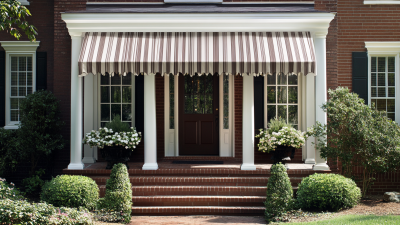

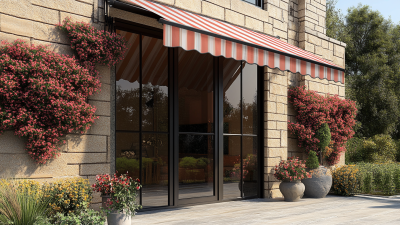
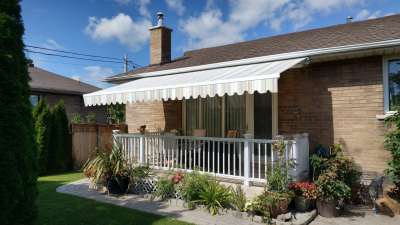
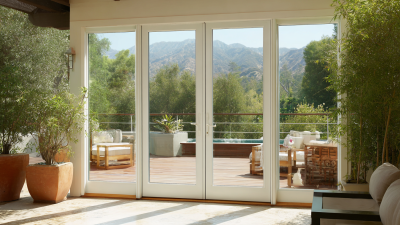
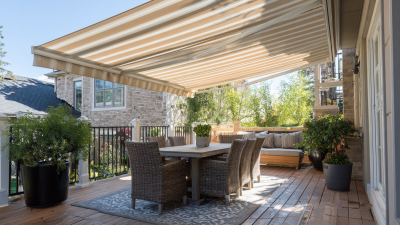
© 2025 Fiberama All Rights Reserved.
